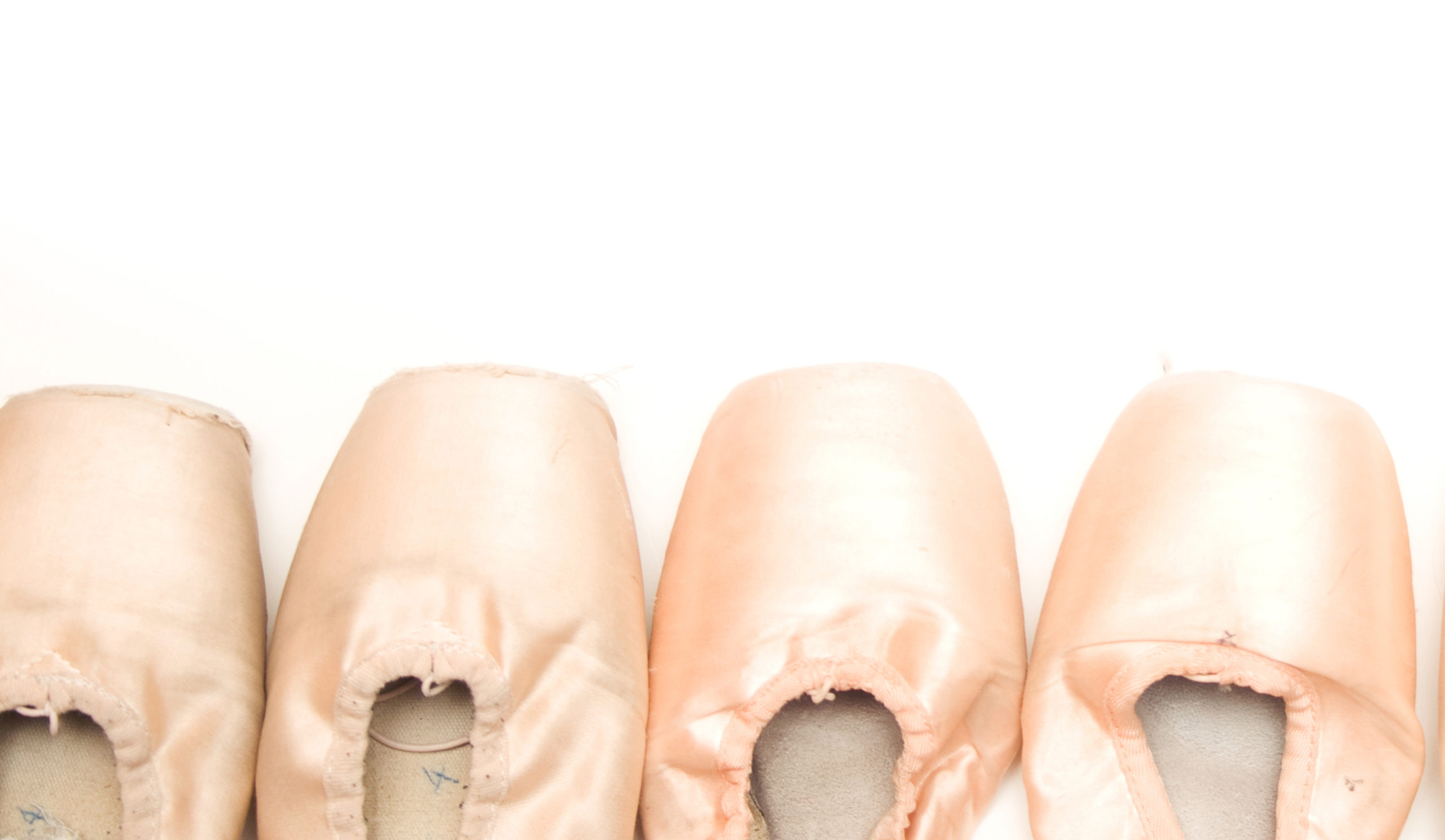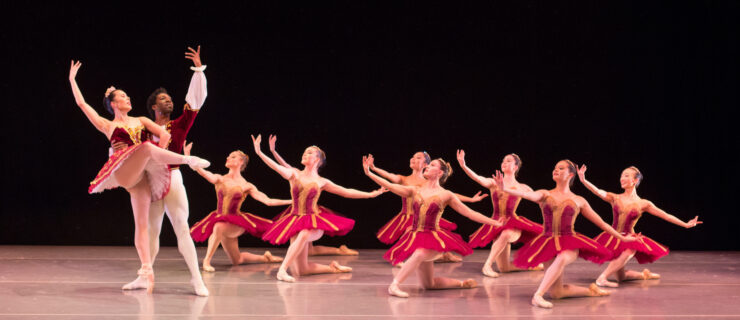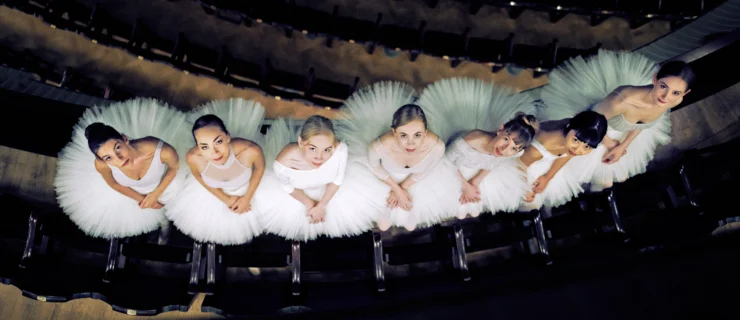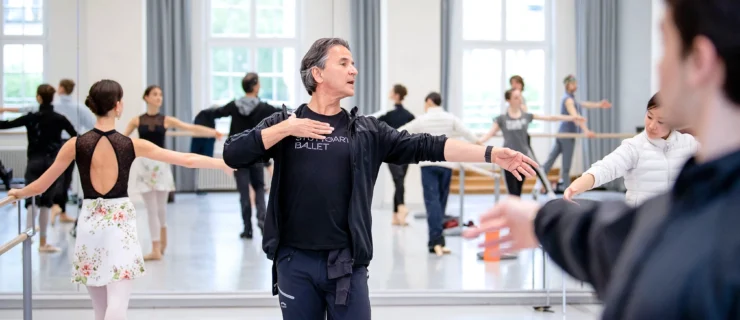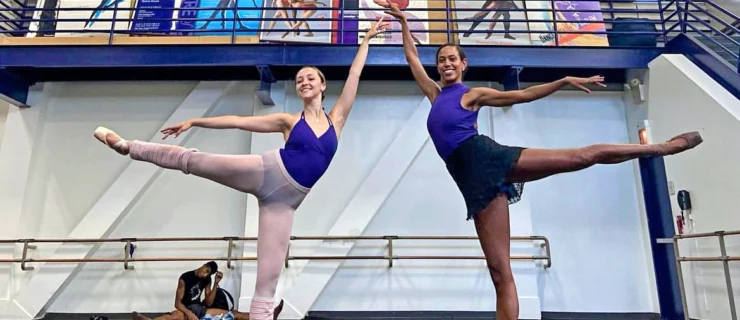Has Wellness Reached Its Limits?
New York City Ballet gives its dancers’ bodies exemplary care. The dancers themselves, however, don’t necessarily take advantage of it.
The company started its wellness program in 2001 to cut down on injuries. All apprentices and first- and second-year corps members now get personalized cross-training advice in mandatory physical screenings. Apprentices are also required to attend orthopedic screenings. Dancers benefit from company-sponsored sessions with nutritionists, physical therapists, orthopedists, chiropractors and massage therapists, as well as annual lectures on stress management, nutrition and injury prevention.
The results have been impressive: Within two years of the program’s launch, the weeks of disability logged by dancers dropped by 46 percent and the number of major work compensation claims fell by 24 percent. Yet, despite this success, not all dancers use the program. “Even though it’s open to the entire company, more experienced dancers may prefer to stick to their own routines,” says company wellness consultant and Dance Magazine advice columnist Linda Hamilton, who was part of the research team that created the program.
Throughout the ballet world, when dancers have the freedom, they prefer to push toward perfection rather than reduce the chance of injury with a carefully moderated program. No matter how many lectures they’re given, dancers make the final decisions when it comes to their own bodies, and when they are young and feel indestructible, they will do whatever it takes to succeed—the field is too competitive to risk falling behind. “Dancers typically have very high standards for themselves,” Hamilton says. “They overwork, they push in spite of feeling tired or in pain—and then they end up injured for longer.”
The health care community has been trying to combat this problem for more than two decades. The concept of wellness in ballet became formalized in 1990 with the inception of the International Association of Dance Medicine & Science (IADMS). Inspired by the success of sports medicine, an array of physiologists, biomechanics researchers, physical therapists and orthopedists came together to help dancers become stronger, better athletes while decreasing their chances of injury.
Dancers have embraced some of IADMS’ suggestions to improve strength and flexibility: Cross-training through Pilates, Gyrotonic, floor barre and other forms of conditioning has aided a leap in technical capability. But many are still hesitant to heed warnings to get more rest, to sit out as soon as they feel pain, to stop asking a partner to stand on top of their feet to help stretch their arches. They maintain a certain amount of skepticism that anyone from outside their world could truly understand the sacrifices ballet requires. Their teachers had successful careers without worrying about every tendon and ligament, so why should they?
It’s with respect to this point that wellness seems to have reached a hurdle. Most dancers now know enough to understand the physical implications of what they’re doing, but they’re unwilling to make training modifications that they fear would hold them back from professional success. Do teachers need to do more to convince students? Do dance medicine practitioners need to try harder to translate the principles into terms dancers can embrace? Or does ballet culture, with its race for higher développés and ever more impressive jumps, demand unhealthy entry requirements for a career?
“It’s hard for dancers to appreciate dance medicine until they experience the benefits,” says Tom Welsh, PhD, a former president of IADMS who conducts research on healthy approaches to training dancers. He notes that sports medicine (which is about 25 years older than dance medicine) also met with suspicion at first. “Whenever science first starts in a field, scientists don’t know how to measure what they’re studying and they don’t know what the priorities are, so what they do is clumsy. There’s a learning curve to figuring out what needs to be done and how to do it in a convincing, relevant way.”
Take turnout, for example. “You hear people say, ‘Don’t force your turnout.’ That’s nonsense,” says Martin Fredmann, artistic director of the Kirov Academy of Ballet of Washington, DC. “If you walk into a studio without turnout, you’re not going to be a ballet dancer.” However, anyone who’s studied anatomy knows that 180-degree rotation is a physically unrealistic goal, no matter how much a dancer pulls up or initiates from the hips. Straining to achieve perfect turnout puts dangerous pressure on lower body ligaments, creates abnormal alignment and generally increases the risk of injury. Yet when it comes down to having either healthy joints or a career, the choice, to many, is obvious: Ambitious dancers will only listen to medical advice as long as it doesn’t get in the way of nabbing that contract or role.
“Ballet dancers are high-level athletes. People have to remember, no pain, no gain,” says Valentina Kozlova, a former Bolshoi and NYCB dancer who runs a private studio in New York City. “You can follow certain rules, but it’s impossible to completely prevent injuries.”
Marcia Dale Weary, founder of Central Pennsylvania Youth Ballet, points out that other countries sidestep this problem by mainly training students born with natural ballet bodies, while the more democratic U.S. schools take anyone who wants to dance, no matter how harsh the technique will be on their body. “You have to work carefully with those dancers,” she says. “But in the end, you must insist they turn out.”
Welsh believes there simply isn’t enough anatomical education built into dance training to get the messages across in a convincing way. “Most athletes today actually study sports science,” he says. “That way they understand much better how and why they do certain exercises, instead of having to be persuaded. They’re more likely to know when to ask for help. There are some dance science programs available now, but only in university settings.”
To convince young dancers that holding back now will help them perform longer over time will require a radical shift in philosophy within the ballet field. “Dancers are usually trained to be stoic, and they’re often afraid that if they hold back, they might be seen as lazy,” says Hamilton. “They think work will solve everything.”
Dancers seem to appreciate dance medicine’s benefits most when their focus shifts from launching their careers to extending them; if they’ve been gambling with their bodies, dancers usually start to rethink their approach when they begin getting injured. Luckily, more of today’s teachers had doctors save their knees, their ankles, their hips when they were dancing, and they can appreciate wellness’s benefits on a personal level. “Many younger teachers now have that background, and it means they’ll be more inclined to include it in how they train students,” says Welsh. This generation may pass on its experience to the next; the messages will be given from former dancers to future dancers, hopefully in a persuasive way that takes into account both the need for excellence and the power of healthy training to lengthen careers. “If dancers approach wellness in an intelligent way,” says Hamilton, “it’s not going to stop them from excelling; it’s going to help them.”
Jennifer Stahl is
Pointe’s senior editor.
